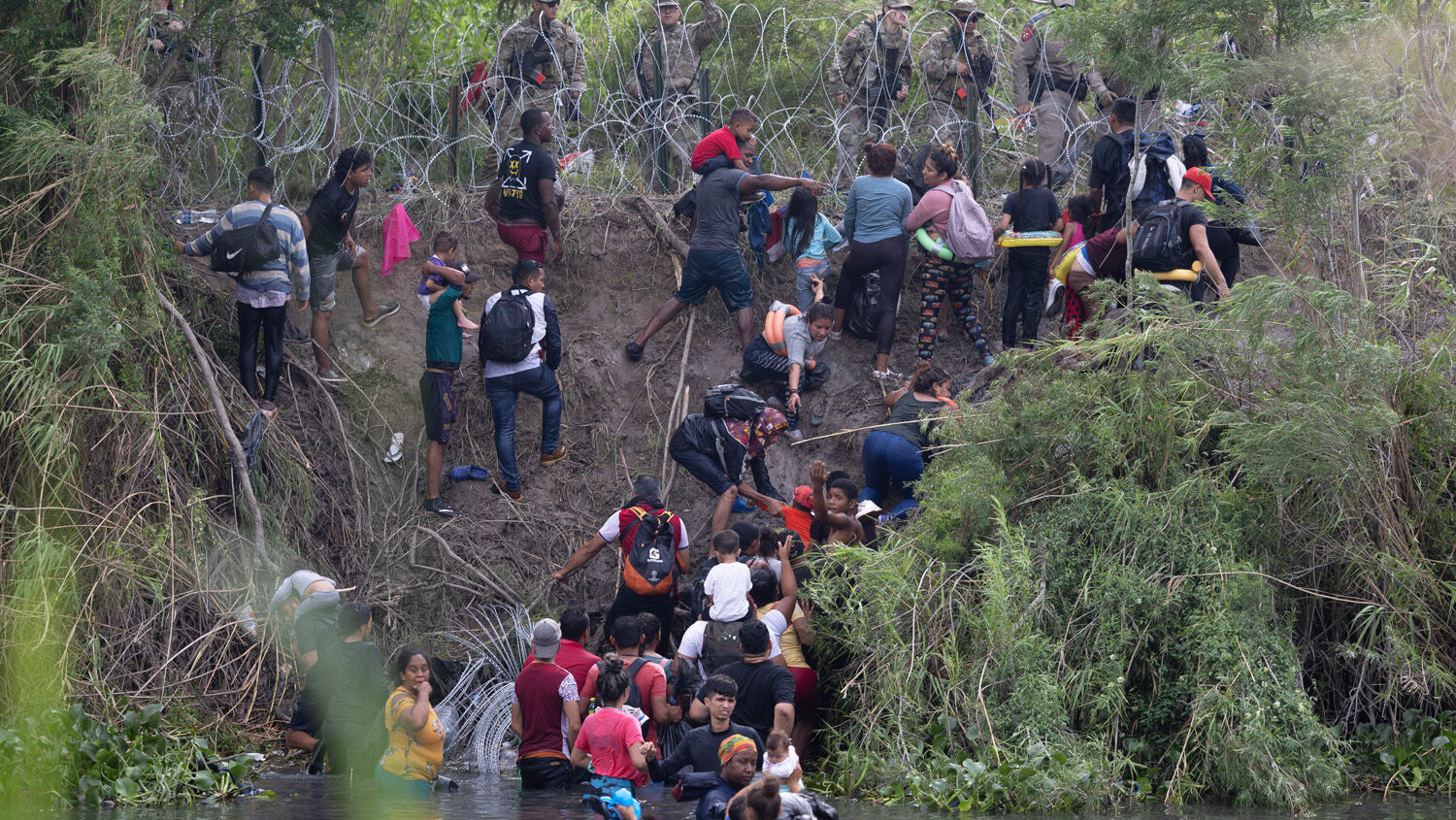
End of Title 42—What’s Next for America’s Borders?
At midnight Eastern Time on May 12, after more than three years, Title 42 came to an end. The United States immigration rule prohibits people from foreign countries coming into the U.S. if there is “the existence of any communicable disease” in the country they are traveling from.
The public health law, which dates back to 1944, was reinstated in March 2020 by the Centers for Disease Control and Prevention under President Donald Trump to prevent the spread of covid-19. Now that the coronavirus national emergency has ended, so has Title 42.
This policy gave immigration authorities the ability to expel illegal immigrants without providing asylum hearings. Migrants have rushed to the borders in anticipation of the restrictions lifting. Some cities have declared a state of emergency.
The Biden administration has sent 1,500 active-duty troops to assist the 2,500 National Guard personnel at the border. These troops, whose work will consist of “non-law enforcement duties” is nothing more than a PR stunt. They won’t actually deport any illegals.
Last Tuesday, more than 11,000 illegals were caught crossing the border—even before Title 42 officially ended. Biden’s administration began drafting a memo directing border officials to release migrants into the U.S. without issuing court dates or a means of tracking these illegals.
Officials had estimated as many as 10,000 illegal migrants would begin crossing daily after Title 42 was lifted. If 11,000 already were caught crossing in one day before the immigration rule ended, the real surge in immigrants will likely be far higher than the predictions.
Learn more: This rise in illegal immigration, and the current administration’s lack of response, shows America’s increasing weakness. To see why the U.S. is on a downward slope, request a free copy of America Under Attack.
